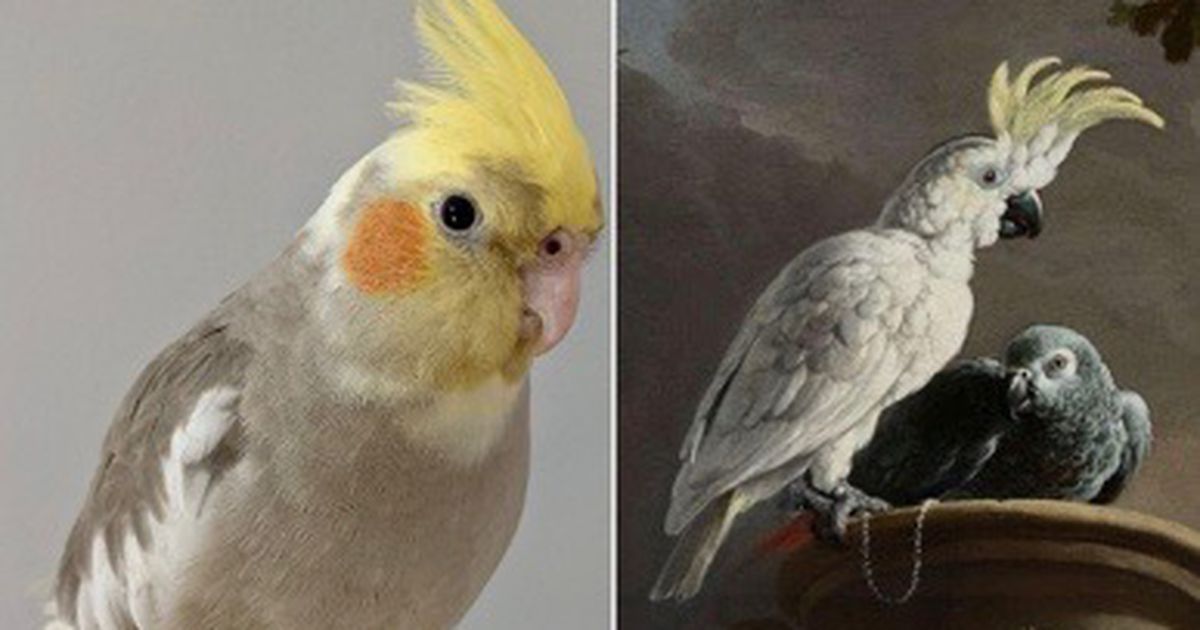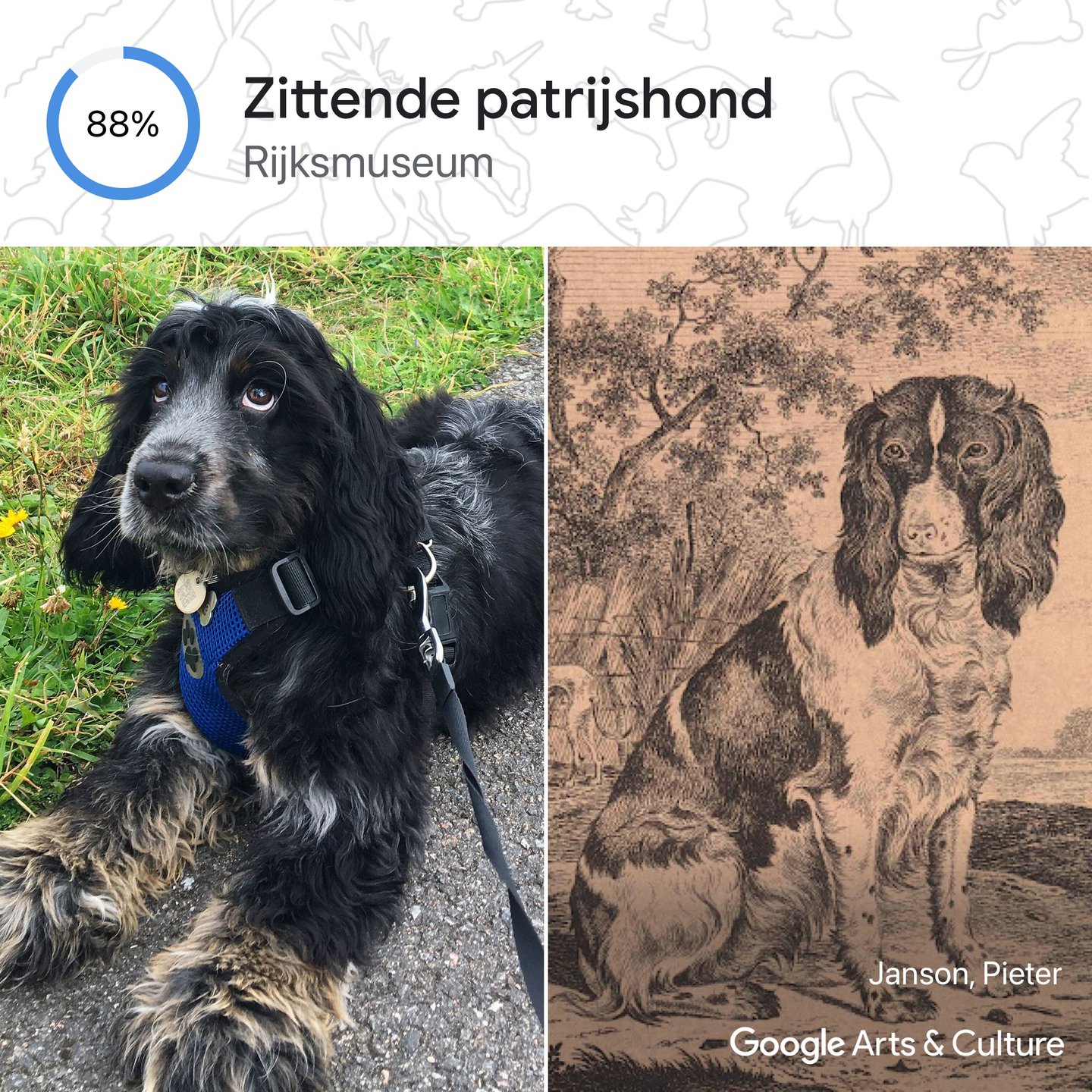
Does your cat fancy herself a 21st-century incarnation of Bastet, the Egyptian Goddess of the Rising Sun, protector of the household, aka The Lady of Slaughter?
If so, you should definitely permit her to download the Google Arts & Culture app on your phone to take a selfie using the Pet Portraits feature.
Remember all the fun you had back in 2018 when the Art Selfie feature mistook you for William II, Prince of Orange or the woman in “Jacob Cornelisz. van Oostsanen Painting a Portrait of His Wife”?
Surely your pet will be just as excited to let a machine-learning algorithm trawl tens of thousands of artworks from Google Arts & Culture’s partnering museums’ collections, looking for doppelgängers.
Or maybe it’ll just view it as one more example of human folly, if a far lesser evil than our predilection for pet costumes.
Should your pet wish to know more about the artworks it resembles, you can tap the results to explore them in depth.

Dogs, fish, birds, reptiles, horses, and rabbits can play along too, though anyone hailing from the rodent family will find themselves shut out.
Mashable reports that “uploading a stock image of a mouse returned drawings of wolves.”
We can’t blame your pet snake for fuming.
Ditto your Vietnamese Pot-bellied pig.
Though your pet ferret probably doesn’t need an app (or a crystal ball) to know what its result would be. Better than an ermine collar, anyway…

If your pet is game and falls within Pet Portraits approved species parameters, here are the steps to follow:
- Launch the Google Arts & Culture app and select the Camera button. Scroll to the Pet Portraits option.
- Have your pet take a selfie. (Or alternatively, upload a saved image.)
- Give the app a few seconds (or minutes) to return multiple results with similarity percentages.
Download the Google Arts & Culture app here.
– Ayun Halliday is the Chief Primatologist of the East Village Inky zine and author, most recently, of Creative, Not Famous: The Small Potato Manifesto. Follow her @AyunHalliday.
Related Content:
Google’s Free App Analyzes Your Selfie and Then Finds Your Doppelganger in Museum Portraits
Construct Your Own Bayeux Tapestry with This Free Online App
from Open Culture https://www.openculture.com/2022/02/google-app-uses-machine-learning-to-discover-your-pets-look-alike-in-10000-classic-works-of-art.html
via Ilumina
Comments
Post a Comment